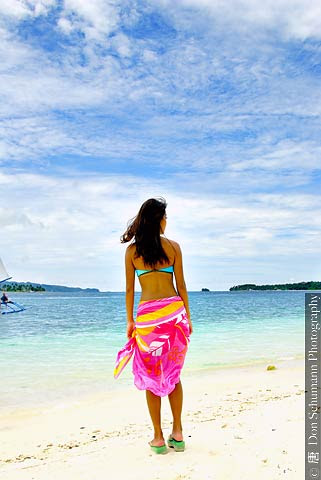Airport from the Point of View of the Pilots
(Russian to English translation)
An air pilot's blog post from Russia
Pilots attend a medical examination, flight briefing, obtain an outbound clearance and do many other things at the airport. See what they usually do in detail.
Pilots enter a service building through a separate entrance in the airport terminal. The airport is divided into two areas - “normally occupied” and “nonoccupied” ones. “Normally occupied” area is an area inside the airport, in order to get there it’s necessary to pass checking. All other part of the building is called “Nonoccupied” area.
Right after the checking all the crew should attend a medical examination.
Here pilots receive a flight assignment where all other information about the flight is noted. Medical examination must be attended not sooner than 2 hours before departure and not later than 1 hour. A doctor measures pressure and takes a pulse rate. He assesses a pilot’s condition and in case he has any suspicion additional tests may be taken.
In the next room chief stewards receive first-aid sets. After the flight they bring them back. The contents of the set is being constantly renewed and a special doctor checks expire dates of medicines.
After medical examination the pilots go to the briefing room on a lower floor.
At the end of the room, in a window, a co-pilot receives documentation for a plane in a large suitcase. It is always carried by a co-pilot - some kind of hazing.
The pilots are studying routing documents, approach patterns, checking airway weather report, choosing the best route, estimating the needed amount of fuel etc.
Here the pilots receive information about the weather on all parts of the route, wind direction and speed, possible turbulence.
An aircraft commander may see extra information concerning the flight at a separate table in the briefing room.
If he has any doubts regarding the weather he may consult a meteorologist on duty.
At a centering dispatcher window a co-pilot fills in a form with information about the flight. Based on this information a center of the plane’s mass is defined.
Chief steward guidance.
Philosophy of Airbus company is that the crew should be renewed. That is why an aircraft commander and co-pilots are different each time. The same situation is with cabin crew. They become acquainted before the flight in the lounge.
Chief steward conducts instruction of the crew.
Upon the preparation the pilot comes to the dispatcher and informs if he decided to carry out the flight.
The pilots go to the plane by a special minibus. By the way, each trip of this kind costs 1000 rubles for the airline.
On the apron’s territory everyone should wear green vests and the pilots are not an exception.
Initial check of the system operation.
Walk-around inspection of the plane.
Sensors shouldn’t be icy in no circumstances.
Vanes of the engine shouldn’t be icy as well.
If they are, a technician is sent for to warm them.
A filler hatch must be tightly closed.
Static electricity dischargers are to be inspected too.
And the engine’s exit too.
The tail group should be set to zero.
Brake lining and wheel stop condition is to be checked too.
The airplane system inspection.
The pilots use a “pony”.
If everything is OK, no light should be on.
They check safety devices.
Orange curtains if the sun is too bright.
Original post in Russian,
原始俄文版本,
Аэропорт с точки зрения пилота










Comments
Post a Comment